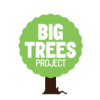Extending a Lifeline for Doi Luang Chiangdao Forest
After the forest fire at Doi Chiang Dao in Chiang Mai, we decided to find an opportunity to go help the villagers replant their forest. After hearing the news that BIG Trees Project was arranging a volunteer trip to go extinguish the forest fires in Chiang Dao (Save Our Soul) from April to December 2019, we immediately volunteered to get an on-hand experience and learn about the villagers’ inseparable connection with nature that we city folks don’t see.
‘Save Our Soul’ is a program that was founded to find solutions to forest fires, prevent forest fires, and restore forests in their early stages. The program cooperates with the Chiang Dao Youth Camp and volunteers to protect the forests of Chiang Dao.
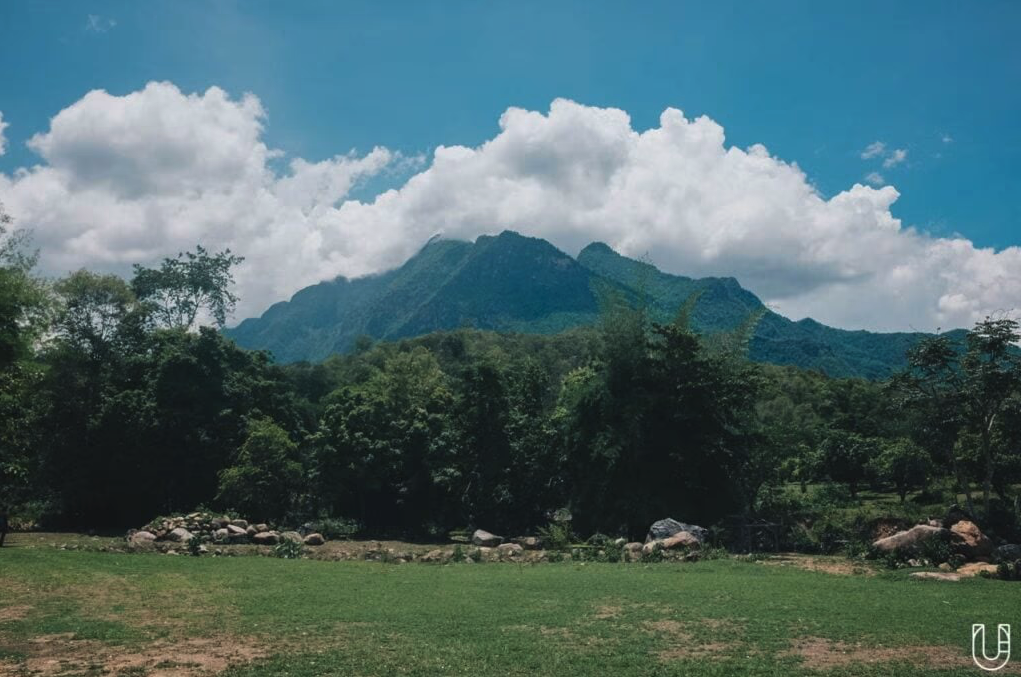
Planting Forests, Planting Hearts
This morning we gathered at the Chiang Dao Youth Camp and talked to ‘Ajarn Uan – Nikom Phutta’: president of the Mae Ping river basin conservation group and protector of the Mae Ping watershed forest for over 20 years. Ajarn Uan is also the founder of the Chiang Dao Youth Camp, a seed incubation area for understanding natural resource conservation.
Ajarn Uan said that the area we were going to plant trees today was the Baan Pa Bong community forest which acts as a buffer zone for the Doi Luang Chiang Dao Wildlife Sanctuary. In addition, it is considered to be a national forest and is being established as a community forest. In this area, water flows into the Ping river but devastating forest fires have wiped out the thick foliage into a clear space we see today.
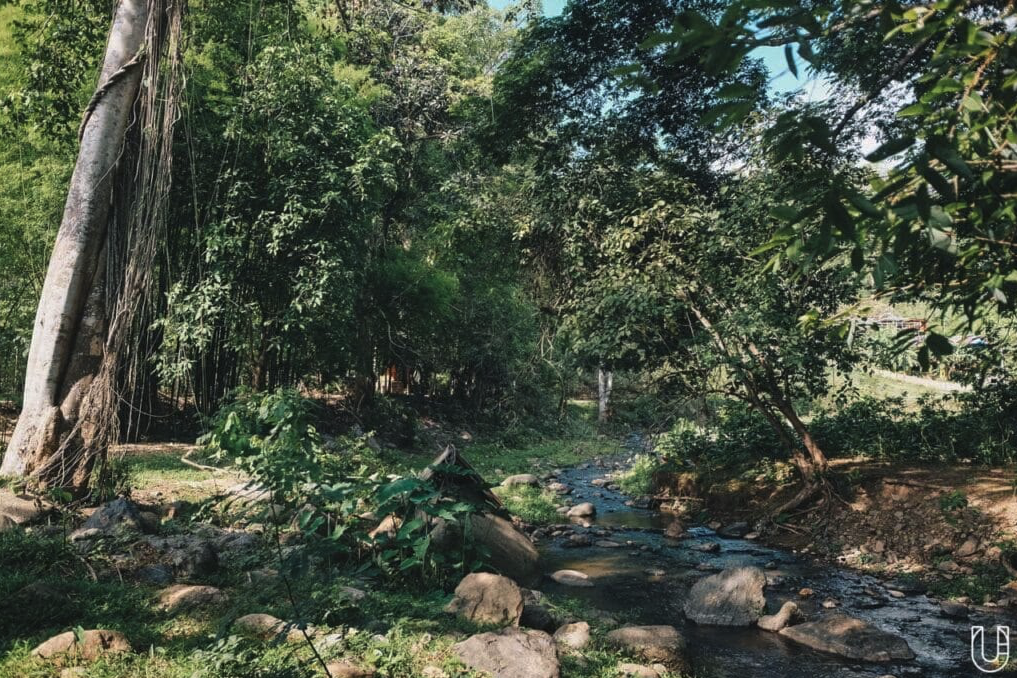
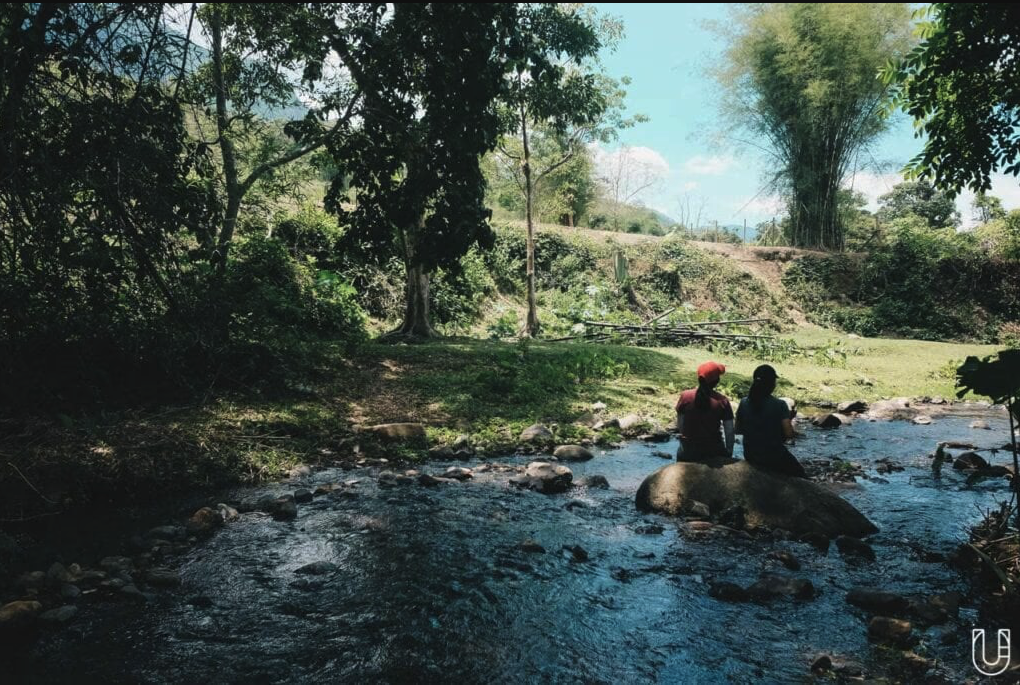
During our car ride to the planting site, Ajarn Uan talked about the forest area of Chiang Dao district being the main source of the Ping river which flows into the city of Chiang Mai. In addition, it is one of the two main tributaries of the Chao Phraya river which nourishes Thai people across the country. Some parts of the Chiang Dao forest area are considered to be a national forest, national park, and wildlife sanctuary. The biological diversity of the forest area in Chiang Dao is very important to its ecosystem.
At the beginning of last year, severe and violent wildfires started to spread into a larger area of the forest. Evergreen forests of Doi Luang Chiang Dao are particularly vulnerable because of their large number of fallen leaves; turning the forest from a sponge into a fuel source for the flames in a blink of an eye.
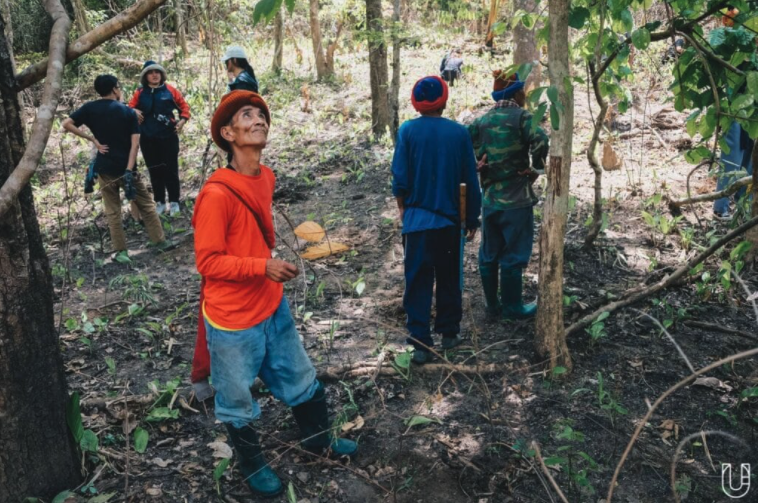
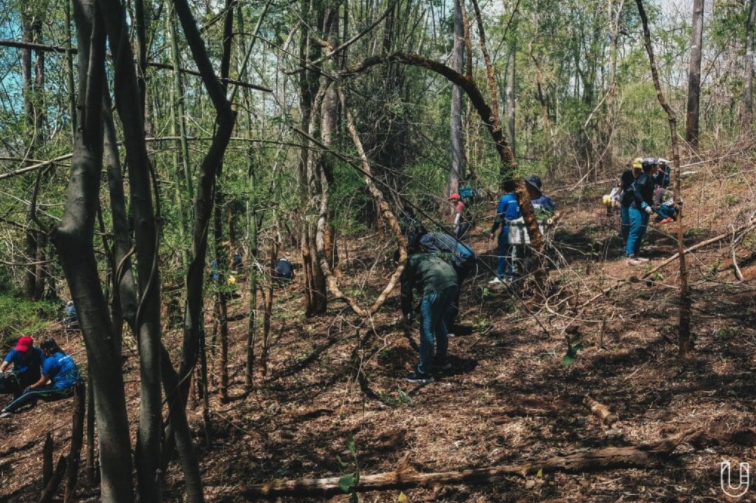
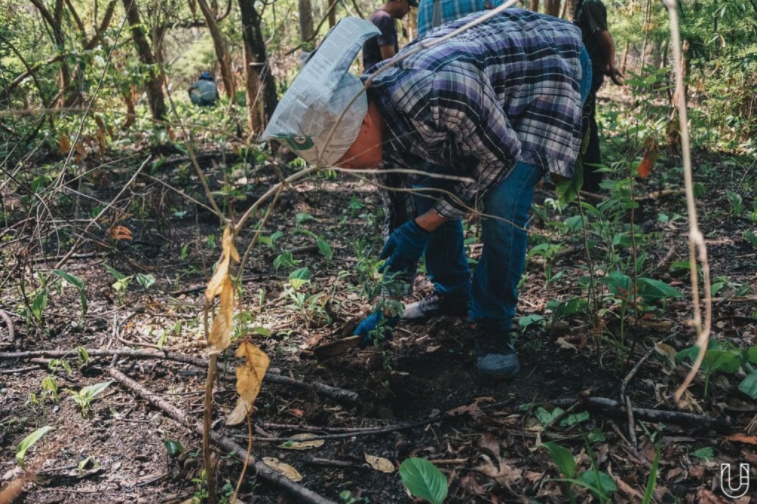
Getting to Know the Forest Before Planting
After a short car ride, we arrived at Baan Pa Bong community forest. In addition to the volunteers, Ajaran Uan brought dozens of Forest Department officers and villagers to help carry saplings, dig holes, and plant them. It’s hard to believe that small talk interspersed with laughter would create such a fun atmosphere for planting saplings.
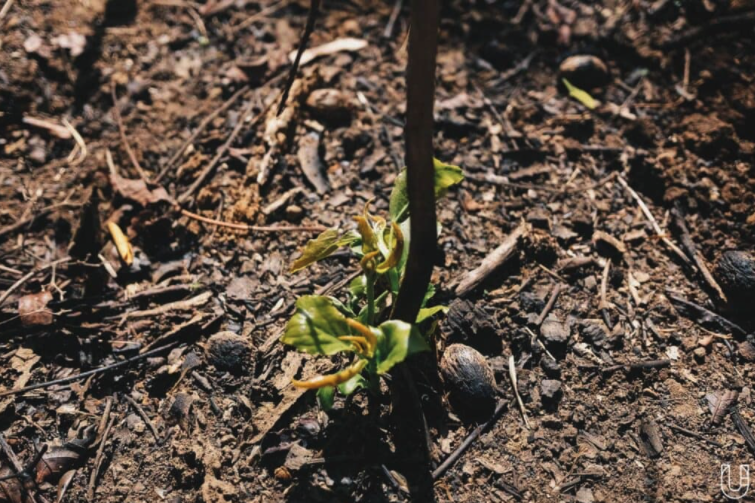
Ajarn Uan said that we were only planting species that are local to this area and are beneficial to the ecosystem and villagers such as wild mango trees, wild olives, cassia, tamarind, and banana trees.
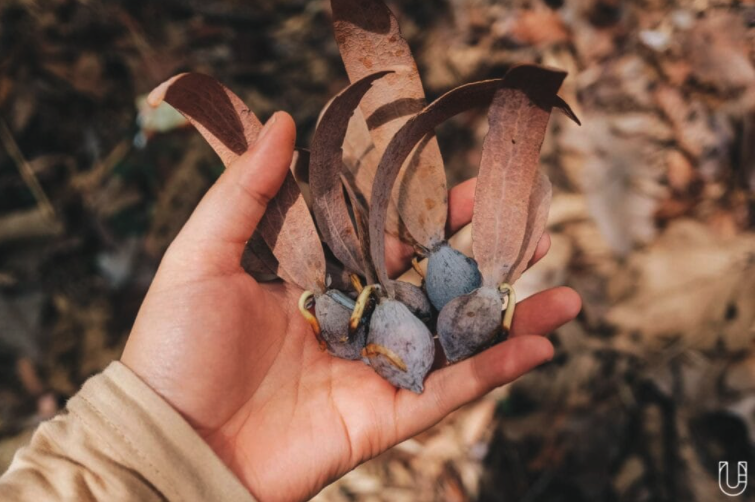
While focusing on tree planting, we sometimes forget that the selected types of plants are as equally important as the act. The Chiang Dao forest is large. Elevation determines plant species, for example, an elevation of 400-600 meters entails a deciduous forest whilst our planting site today–around 600 meters–is a mixed forest. This area of the forest mainly consists of Java plums, Burma padauk, redwoods, teaks, wild olives, wild mangos, and bamboo. Ajarn Uan said that it becomes easy to conserve nature when you understand its systems and structure.
‘Seeds’ Waiting to Grow
“Praying for the rain to fall”
The obstacle to this operation was not a lack of manpower or inexperience but a lack of rainfall which changed our plans from planting trees in the afternoon to collecting seeds of red rubber trees.
Both sides of the road are littered with red rubber tree seeds. Slowly walking along the road, we collected the round seed with long two tails that people call ‘red rubber’. It can be commonly found in mixed forests, has a large size, and can live for hundreds of years. Ajarn Uan explained that we start to collect these seeds near the end of the rainy season to choose the perfect ones for incubation. These seeds are given water and sunlight until it takes root and starts to leaf when it is transferred into plastic bags. The time required depends on the plant species where some require a year whilst others require only a few months before they’re ready. However, it’s best to start cultivating them this year and planting them next year so they are as strong as possible.
Nature has its own regulating mechanisms. In the summer when there are droughts, the intense heat of the soil and air dries and cracks the seeds. In April when the typhoon passes through, the winds will spread the seeds far away and river overflow will carry the seeds down the current. This is what we call ecosystem processes.
Understanding Nature Through Learning and Doing
On the morning of the 9th, Ajarn Uan took us for a walk through the mountain ridge deep into an area with traces of burning. Throughout the journey, we saw brown tree stumps, gray ash, and black burned wood. Some trees died, some survived, some are sprouting, and some have blossoming leaves. These things have taught us that the forest is constantly learning, adapting, and healing itself.
After a short walk, we saw villagers waiting with the seeds to begin the next activity: scattering seeds. There were seeds from the red rubber tree that we collected in the morning, myrobalan tree, asna tree, wild olives, wild mangos, makha tree, and Pacific walnut tree. The scattering seed method is one way to reforest different areas of the forest, especially in areas where we can’t reach.
One of Ajarn Uan’s quotes really struck us: “It doesn’t matter if trees are in a forest, outside a forest, on a farm, in a house, or in a pot. Wherever it is, it still does its job. Trees and forests are a part of nature that has existed long before us and will continue to exist even after humans are gone from this world. Trees provide oxygen, give shade, provide habitat for animals big or small, are a food source, provide medicine, and are a marvel in this world. Therefore, if we can build cathedrals and temples then why can't we build a forest?
Nature Will Stay, We’re The Ones Who Will Leave
I finally had a private conversation with Ajarn Uan!... This is the sentence that popped into my mind.
The 1 hour we had to talk to each other may not have been enough to tell Ajarn’s 20 years of conservation work but it gave me positive energy and inspiration to bring back home.
Before saying goodbye, Ajarn wished us to continue finding opportunities in conservation and to use our knowledge and experience to teach others. Ajarn had hopes for the new generation because they are quick at finding information and learning about different technologies but may be lacking in virtue. Camps have added trekking activities to their program so the new generation could build a connection with nature. There is no use of equipment, phones, cameras, or notebooks; just yourself experiencing nature and its glory. To see that we are only a small part of nature and we are not the most important in this world. This way, people will come to respect and appreciate more than before.
“Nature will stay, we’re the ones who will leave. I hope that people will come to realize that we don’t have much time. People can continue to live just to survive but I want people to live with value and meaning and to help and give to others… Some are born to save the forest; some are born to save a river; some are born to help others. This is what you call a beautiful life.”
Ajarn Uan – Nikom Phutta
เครดิต Urban Creature
- Hits: 2327
